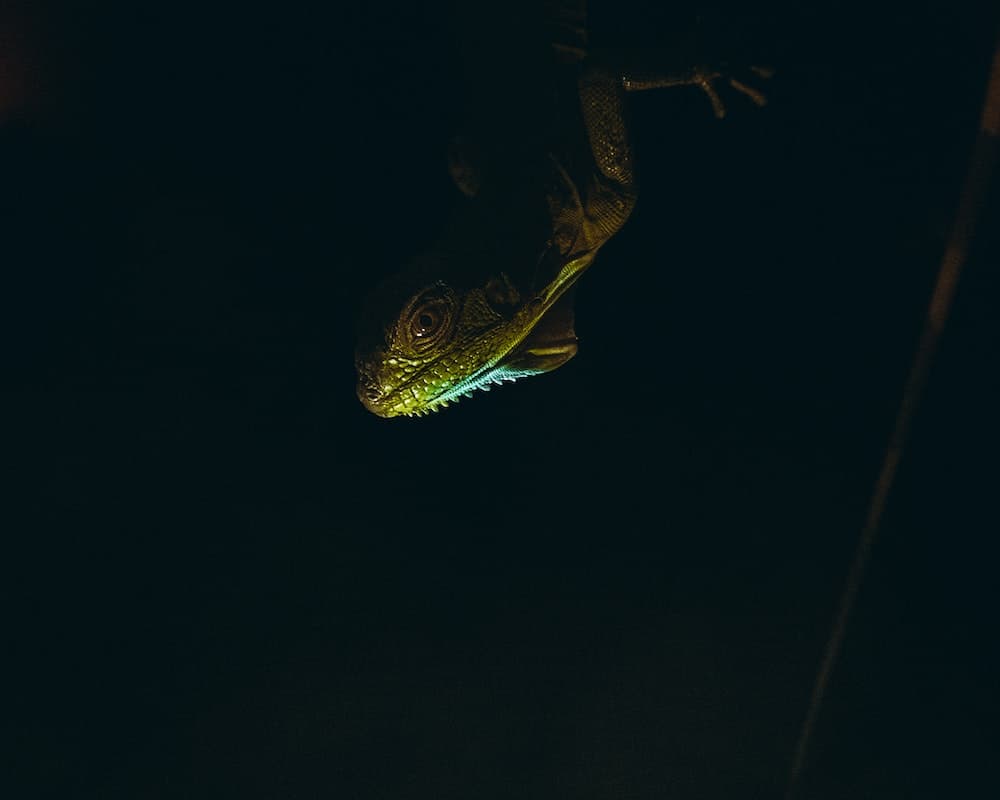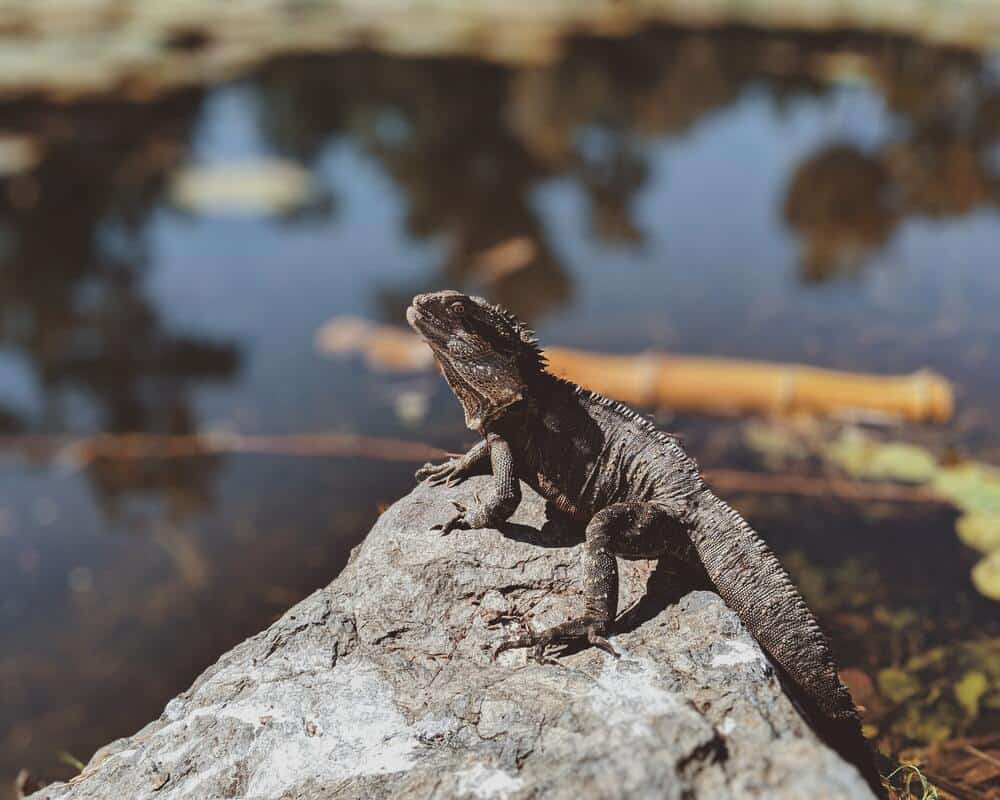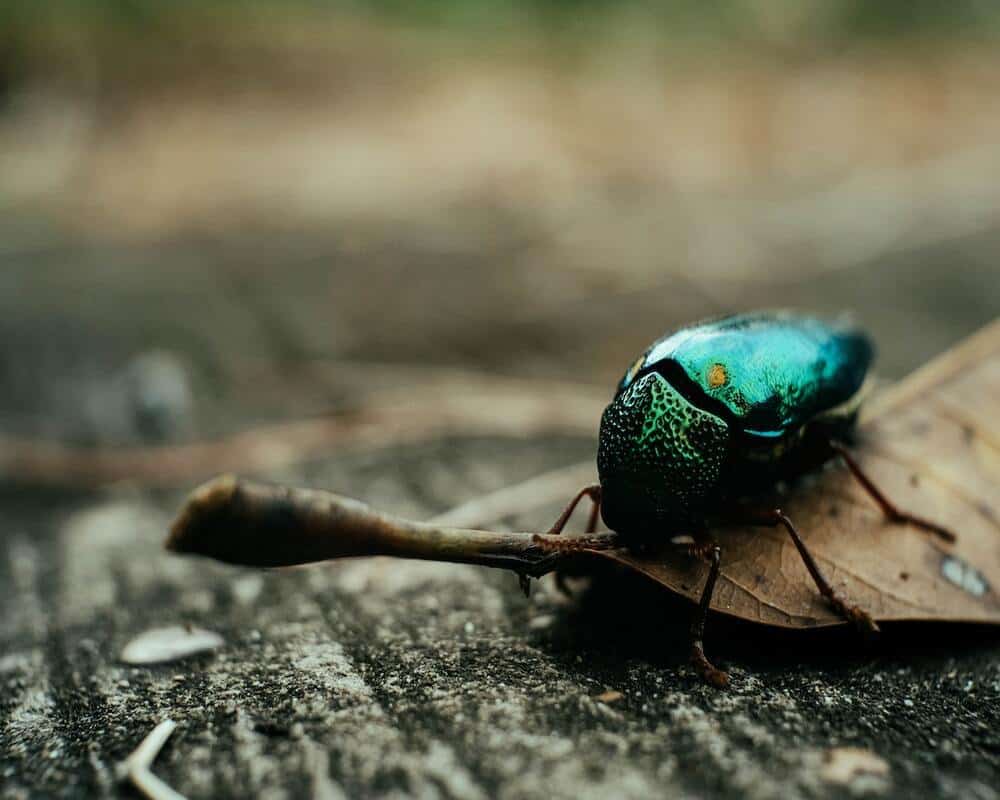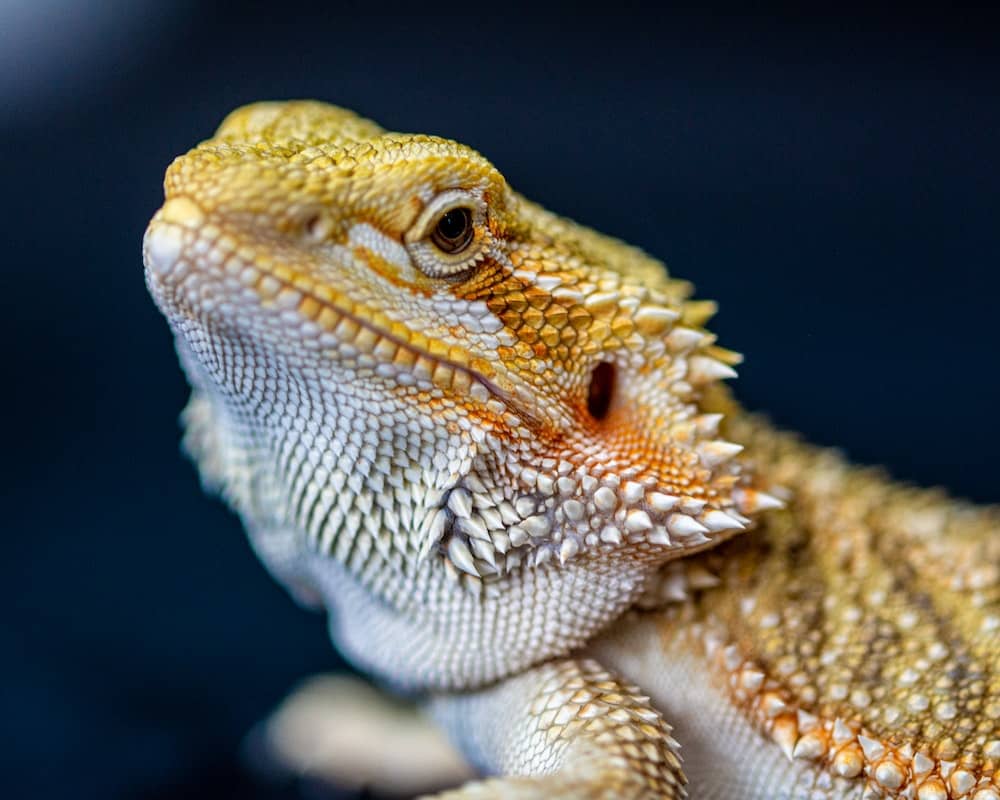Bearded dragons are diurnal and not nocturnal. These animals will be extremely active during the day and have a good night’s sleep. Their daytime is usually 10 to 13 hours long.
What Is the Difference Between Nocturnal and Diurnal Animals?
There is one main difference between a diurnal and a nocturnal animal. The difference is their sleeping pattern.
Nocturnal animals are active during the night or dark hours. Their senses and body is built in a way that makes them adapt to the nightlife easily. These animals have powerful senses, such as hearing and smell.
Diurnal Animals are active during the day time. Their body temperature drops at night.
Here is a comparison between both animals.
| Nocturnal | Diurnal |
| Nocturnal animals are active during nighttime. | Diurnal animals are active during the daytime. |
| They have good night vision because they have less or no cone cells. Their retina has a lot of rods. | They have a lot of cones making their daytime vision good. |
| Since they are awake at night, their socializing, hunting, and feeding occur at night. | They hunt, feed, and socialize in the daytime. |
| They have a higher body temperature. | They have a lower body temperature due to the heat during the day. |
| Most nocturnal animals are color-blind. | Many diurnal animals can see colors. |
| They use sounds, smells, calls, and touch for communication. | They mostly use visual cues for communication but can communicate in various ways. |
| Examples: Bats, Owls, Insects, Leopards, many reptiles, and a few monkeys. | Examples: Dogs, most primates, cows, birds, and elephants. |
Are Bearded Dragons Nocturnal or Diurnal?
Beardies are not nocturnal animals. They are diurnal reptiles. They are very active during the day and bury themselves in sand or sleep in caves at night time for sleeping.
What Are the Sleeping Patterns of a Bearded Dragon?
Here are a few sleeping patterns of a bearded dragon.
Duration
In the wild, these animals will be active until the sun is out. When the sun is about to set, they start their preparation to go to sleep.
If you are bringing a bearded dragon home as a pet, it will sleep when you fall asleep or when its surroundings get dark.
They sleep for 8 to 12 hours daily. During the winter season, they sleep for 14 hours daily.
Sleep Cycles
Beardies have two short sleep cycles.
- Rapid eye movement sleep
- Slow wave sleep
Baby or young beardies experience more muscle twitch during sleep than adult dragons.
Sleeping Positions
Bearded dragons have the most unusual sleeping positions. Most beardies usually sleep on their stomachs, but you will notice many other positions.
If the animal is in the open or the wild, they often sleep in a vertical position on a tree. If you have them as pets in an enclosed area, you will notice them sleeping or taking naps while balancing their body against the walls of the space.
If objects or branches are in their enclosure, they balance themselves against those objects.
They sleep with their eyes closed.
Change Colors
These reptiles change colors while sleeping. They change to a lighter color at night because of their circadian rhythm.
Cover Themselves to Sleep
Many bearded dragons either cover themselves in the sand or hide somewhere to fall asleep. They do this to avoid light. If they are in a cage with another bearded dragon, they hide to get away from there or the more dominant one.
Slow Breathing
These reptiles usually slow their respiratory and metabolic rate when they are sleeping or in a deep sleep. Do not get scared when you see them like this.
Brumation
Brumation is a type of hibernation. A few bearded dragons enter this period and sleep for extended periods. The duration can vary.
Some can hibernate for a few days, whereas some might hibernate for a few months. The brumation period usually starts during the late winter and fall time.
Interestingly, there is a certain temperature at which these animals enter the brumation period. They can enter this period of hibernation at night when the temperature is between 60 and 70 degrees Fahrenheit. They can also enter a hibernation period when the temperatures are 75 to 80 degrees Fahrenheit during the day.
During hibernation, their respiratory and metabolic rate reduces.
Tips to Provide a Healthy Sleep Cycle for Your Bearded Dragon
Just like humans, even beardies need a proper sleeping cycle. To provide a healthy sleeping cycle for your pet dragon, here are a few ways:
Clean Cage
These reptiles need their surroundings cleaned for proper sleep. Discomfort, health problems, and stress can arise when their cage is unhygienic, unsanitary, or dirty.
Also, if the cage is dirty, it can become a hub for bacteria and parasites to grow. Once harmful bacteria start to grow their cage, it can lead to infections and health issues.
Additionally, since they live in an enclosed space, the smell of ammonia from their waste can affect their respiratory system, leading to health issues and disturbed sleeping.
You must do these steps regularly to ensure their cage is clean:
- Regularly deep clean their living space. You can do it once a month or more than that if possible. When deep cleaning, remove all substrate, clean with a reptile-safe disinfectant, and replace the substrate with new material.
- Clean uneaten food, feces, and other debris every day. Do not forget to do this, as it can lead to the growth of parasites and bacteria.
- Clean the water dish of your bearded dragon with a reptile-safe disinfectant and change their water dish every day. Throw away the previous day’s water and provide them with fresh water.
- When placing a substrate, pick the one that is easy to clean. It must not retain any moisture.
A Quiet Space
A quiet space is important for a bearded dragon to fall asleep without any trouble. Bearded dragons are used to living in calm and quiet areas with fewer disruptions or disturbances.
Select a place with no noises such as music, TV, people chatting, or other disturbances. The main point is to keep them away from areas that have noisy appliances. You can even cover their enclosure with a cloth or any other cover at night to keep the noises away.
Also, remember to keep them away from the sounds of people or other animals at night around their enclosure. They can get stressed or anxious.
Adjustable Light
To provide them with a natural and better sleep cycle, place a lighting system in their enclosure to replicate the natural day and night cycle.
You can use a timer to turn the lights on and off to maintain a proper day and night cycle. You can provide a 10-14 hour light cycle during the day followed by a dark cycle for the night.
These animals need a dark period before falling asleep. To help them have a dark period, ensure that no bright light is falling on their enclosure from anywhere. Place them in a room where you do not have to switch on the light at night. If you need a light turned on at night, choose one with low wattage or a ceramic emitter.
The transition to their new sleep cycle should be smooth. Otherwise, it might confuse them. You can start by dimming the lights slowly for the first few days instead of turning them off completely at night.
Also, they need a basking spot in the morning to regulate their body temperature. Ensure that the basking spot is on for some time during the day.
A Dark Space
A dark space is a must. Bearded dragons like to hide for some time to rest or relax. When you are arranging their enclosure, you can add a few hiding spots that are big enough for them to fit in, such as a box or cave.
This will help them feel less anxious, reduce stress and make them feel more comfortable.
As mentioned, you can cover their space with a cloth or blanket to keep it darker. Remember to turn off all the lights in their enclosure, including UV and basking lights.
Bearded dragons have a circadian rhythm at night and should not be disturbed. If you want to check on your pet, use a red light instead of a white one.
Proper Temperature
The enclosure must have a proper temperature adjustment system. These reptiles need a certain temperature range to sleep better.
During the nighttime, they need a temperature of 15 degrees Celsius. Ensure that you do not set the temperature too high at night because it can make them restless, anxious, and agitated. These problems can affect their sleep cycle, making them sleep-deprived.
Again, you must also ensure that the temperature is not set too low because they might be unable to digest their food properly or maintain their metabolic rate.
The temperature for their basking spot needs to be around 40 to 42 degrees Celsius. To keep track of the temperature and check if it is accurate, you can always use a thermometer or install a device to check the temperature of their enclosure.
Conclusion
We hope this article has answered all your questions about whether bearded dragons are nocturnal or not, and their sleeping patterns.
Are you curious as to whether Beardies can get ear infections? Take a look at this article that explains some common ear infection symptoms to look out for.




